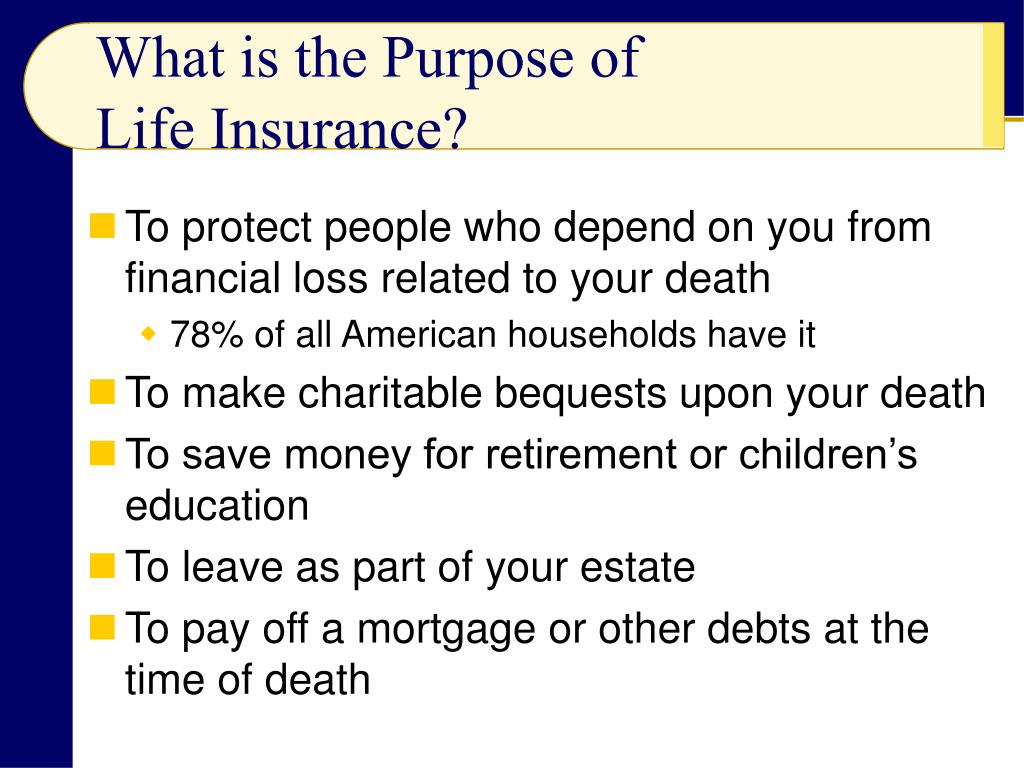Not known Details About Pacific Prime
Not known Details About Pacific Prime
Blog Article
Our Pacific Prime Ideas
Table of ContentsThe 7-Minute Rule for Pacific PrimeThe Only Guide to Pacific PrimePacific Prime for DummiesAn Unbiased View of Pacific PrimeThe smart Trick of Pacific Prime That Nobody is Talking About

This is due to the fact that the information were gathered for a period of solid economic efficiency. Of the approximated 42 million people that were without insurance, almost concerning 420,000 (about 1 percent) were under 65 years of age, the age at which most Americans end up being eligible for Medicare; 32 million were grownups in between ages 18 and 65, about 19 percent of all grownups in this age group; and 10 million were children under 18 years old, about 13.9 percent of all children (Mills, 2000).
These price quotes of the number of individuals uninsured are created from the annual March Supplement to the Existing Population Study (CPS), conducted by the Demographics Bureau. Unless or else noted, national quotes of people without health and wellness insurance and proportions of the populace with different type of insurance coverage are based on the CPS, the most commonly made use of source of quotes of insurance protection and uninsurance rates.
9 Simple Techniques For Pacific Prime

Still, the CPS is specifically helpful since it creates annual quotes relatively quickly, reporting the previous year's insurance protection approximates each September, and due to the fact that it is the basis for a consistent set of estimates for more than two decades, permitting analysis of fads in insurance coverage gradually. For these reasons, along with the considerable use of the CPS in other studies of insurance coverage that exist in this report, we depend on CPS quotes, with limitations kept in mind.

The quote of the number of uninsured people increases when a population's insurance coverage status is tracked for a number of years. Over a three-year period starting early in 1993, 72 million people, 29 percent of the U.S. https://www.quora.com/profile/Freddy-Smith-136. population, lacked insurance coverage for at the very least one month. Within a single year (1994 ), 53 million people experienced a minimum of a month without protection (Bennefield, 1998a)
Six out of every 10 uninsured adults are themselves used. Working does improve the chance that one and one's household members will certainly have insurance, it is not a guarantee. Also members of family members with 2 full time wage earners have practically a one-in-ten opportunity of being uninsured (9.1 percent without insurance rate) (Hoffman and Pohl, 2000).
Unknown Facts About Pacific Prime
New immigrants make up a substantial percentage of individuals without medical insurance. One analysis has actually associated a substantial portion of the recent development in the size of the U.S. without insurance populace to immigrants who showed up in the country in between 1994 and 1998 (Camarota and Edwards, 2000). Current immigrants (those who pertained to the USA within the past four years) do have a high price of being without insurance (46 percent), but they and their kids make up just 6 percent of those without insurance coverage across the country (Holahan et al., 2001).
The relationship between health and wellness insurance and access to care is well established, as documented later in this chapter. The relationship between health and wellness insurance coverage and health and wellness end results is neither straight neither straightforward, an extensive medical and wellness services research literary works links health and wellness insurance policy protection to enhanced access to care, better quality, and improved personal and populace health and wellness condition.
Levels of analysis for taking a look at the impacts of uninsurance. This discussion of medical insurance coverage concentrates mostly on the U.S. population under age 65 because practically all Americans 65 and older have Medicare or other public coverage. Furthermore, it concentrates particularly on those with no medical insurance for any kind of length of time.
The Buzz on Pacific Prime
The issues dealt with by the underinsured remain in some areas comparable to those encountered by the uninsured, although they are typically much less serious. expat insurance. Uninsurance and underinsurance, however, include definitely various plan problems, and the techniques for addressing them may differ. Throughout this study and the five records to adhere to, the main emphasis gets on individuals without any wellness insurance policy and hence no aid in hop over to here spending for healthcare beyond what is available through charity and safety internet establishments
Medical insurance is an effective aspect impacting receipt of treatment due to the fact that both people and medical professionals react to the out-of-pocket cost of solutions - https://gravatar.com/pacificpr1me. Health insurance, however, is neither needed nor adequate to access to medical solutions. The independent and direct effect of health insurance protection on accessibility to health and wellness solutions is well developed.
Others will certainly acquire the health and wellness treatment they need also without health and wellness insurance, by spending for it out of pocket or seeking it from suppliers who supply care totally free or at very subsidized rates. For still others, medical insurance alone does not ensure invoice of care due to other nonfinancial obstacles, such as a lack of wellness care service providers in their neighborhood, limited access to transport, illiteracy, or linguistic and social differences.
Pacific Prime - Questions
Official research regarding without insurance populaces in the United States dates to the late 1920s and early 1930s when the Committee on the Expense of Medical Treatment produced a series of records concerning funding physician office check outs and hospitalizations. This issue ended up being prominent as the varieties of clinically indigent climbed up throughout the Great Depression.
Report this page